In order to return coins to their original appearance, you do not need the help of professionals, because almost any contamination can be removed yourself. How to clean coins at home without much effort, without damaging the product itself?
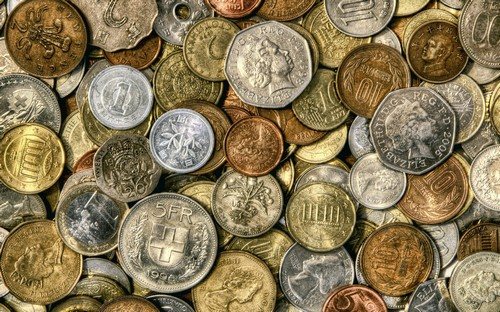
First, it’s worth understanding what the most common metals from which money can be made are.
Basic alloys and metals
Typically, products are minted from several metals. Each type has its own most suitable cleaning method.
- The most expensive metal is platinum. They were first released in the Russian Empire;
- Gold money began to be produced almost from the time of its invention;
- Silver specimens have been made since the 6th century BC;
- Copper has been used for coinage since antiquity;
- Tin is used as a constituent of alloys;
- Nickel coins began to be produced in 1850;
- Zinc money has been made since World War II;
- Aluminum money appeared at the end of the First World War;
- Iron money began to be issued back in the 16th century BC;
- Bronze.
Cleaning can be done both mechanically and chemically.
Cleaning using bristle brushes of varying degrees of hardness is called mechanical. It is strictly forbidden to use metal objects. This method is used to remove dirt and dust, being careful not to damage the surface.
In case of extensive contamination, dry cleaning with various oxides is used, which differ depending on the material of manufacture.
The most common household cleaning products
Each alloy has its own, most suitable cleaning methods.
- The easiest and safest way to remove surface stains is to use soap and water. It is better to use baby or laundry soap. To do this, you need to place the products in the soap mixture for some time. Then take them out and rinse them in running water and rub them with a brush. If it doesn’t work the first time, you can repeat this method or crush the soap and make a paste out of it and water. Place the money there for several days, then rub it with a brush.
- Regular toothpaste cleans metal money quite effectively. You need to spread the paste on them and rub them with a brush.
- Citric acid will remove even stubborn stains, but this method should be approached with extreme caution, as it can damage the surface.
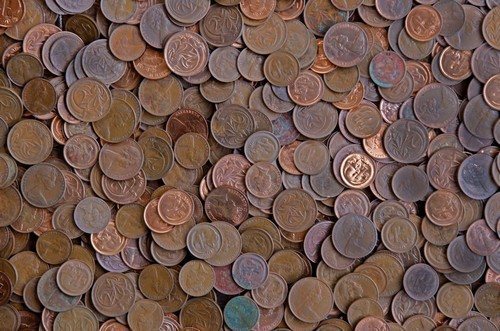
Silver products quite durable, but they need to be cleaned, taking into account the degree of oxidation and the grade of the metal. Low-grade silver alloys turn green when oxidized. For them, immersion in lemon juice for several hours is suitable.
- The most effective and gentle way to use ammonia. If the products are heavily soiled and oxidized, it is necessary to make a solution of water and ammonia (a 10% ammonia solution is suitable). Place them in the solution for 1 hour, then wipe with a soft cloth and rinse under running water. Afterwards it is necessary to ventilate the room.
- A fairly effective cleaning method using baking soda and citric acid. Place metal money in a mixture of water and citric acid for half an hour. Dilute baking soda with water to a mushy mass and use it to clean coins, then rinse in water.
- You can remove green spots using a solution of sulfuric acid by placing the specimens in it for a few minutes. Remove them carefully from the solution, wearing rubber gloves, and clean them with a brush. Rinse under running water.
Copper coins differ in that over time a dark brown coating forms on them - the so-called patina. Patina indicates the age of a coin and determines its value. Therefore, these products should be cleaned carefully only from dust and green spots, without damaging the patina.
- The most gentle cleansing would be a soap emulsion with the addition of soda. Dissolve baking soda in water before adding. Wash with a soft brush, then wipe the coin with alcohol and Vaseline ointment. In this way, subsequent contamination can be prevented.
- You can update the appearance using a solution of 30% citric acid with water, placing it there for no more than 10 minutes. Rinse under running water. A pink tint may appear, which will last about a month.
- Place for some time, depending on the degree of contamination, in a solution of 9% vinegar. Rinse in water and dry.
- In case of severe contamination, you can resort to a method such as digestion. Boil in oil (preferably Vaseline) until completely clean and wipe with ethyl alcohol.
Nickel and bronze coins Cleaning is quite easy compared to others. Aggressive components such as sulfuric and nitric acid are not suitable for these metals, because they will damage the patina.
- Make a solution of salt and vinegar and place the coins there for a while. Then wipe thoroughly with a pencil eraser. It is worth noting that nickel specimens take longer to clean than bronze ones.
- Nickel can be easily cleaned with WD-40.
- These alloys can also be smeared with toothpaste and rubbed with a toothbrush, then rinsed with water.
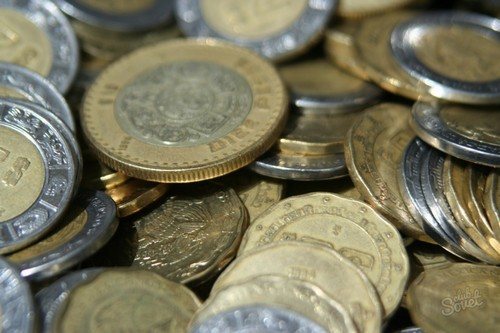
From corrosion and whitish coating, which are subject to iron coins You can get rid of it by resorting to the following methods:
- Wipe with a weak solution of hydrochloric acid and clean with a needle or brass wire brush. You can return the products to their former shine by wiping them with felt.
Modern money consist of alloys of several metals, which significantly complicates the process of giving them their previous appearance. They can be cleaned with toothpaste and a cloth, alcohol, and then rinsed in water. Or pour cola into a small container and leave the products there overnight.
What is not recommended for cleaning products to avoid damaging them?
Different alloys react differently to one or another processing method. But there are some ways that can equally damage the surface.
- Due to heat treatment, some metals may melt and crumble after cooling.
- Hard brushes made of metal bristles and sandpaper change the surface texture.
- Exposure to sulfuric, nitric and hydrochloric acid concentrates will melt the embossed relief.
Storage after cleaning
After all procedures, the product must be wiped dry with a soft cloth and towel. Specimens that have value should be stored in a dry place away from sunlight, and handled as little as possible. Each copy should be stored separately in special boxes, albums, etc.
If the patina is damaged during the cleaning process, it can be applied artificially. It will give a noble appearance and protect against subsequent corrosion. Place the items in a solution of 10% hyposulfite for a few minutes and they will become patinaed again.
Different alloys require individual cleaning, so before you begin, you should determine what metal the coins are made of and follow the recommendations above. When carrying out these procedures, safety precautions must be observed.


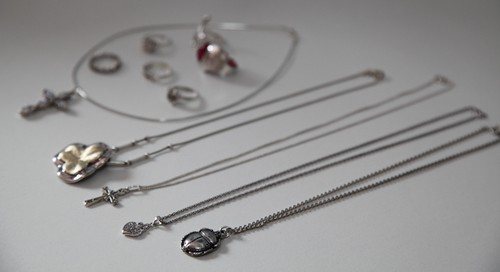
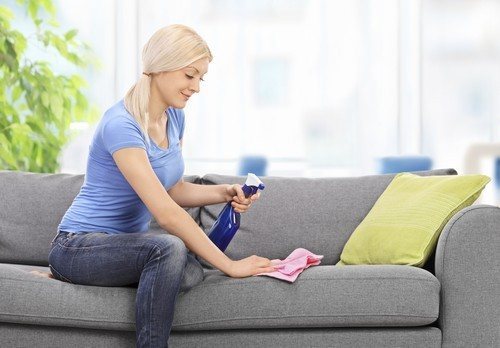
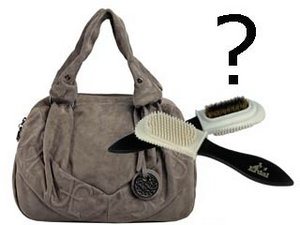

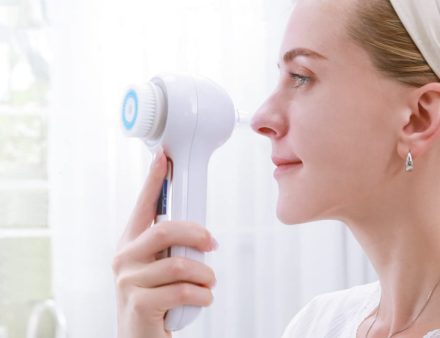
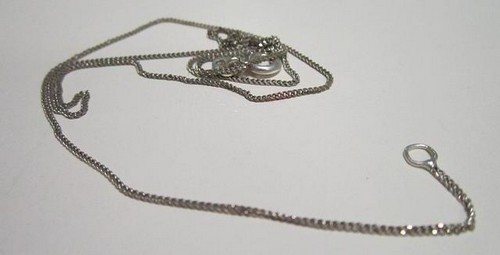
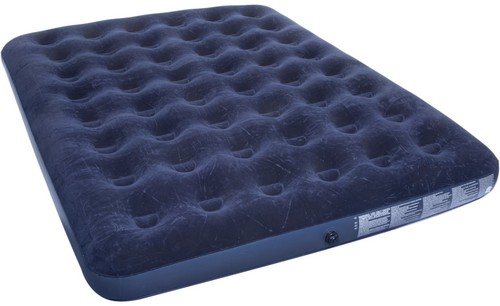

Thank you. It was interesting and useful even for me, a chemist.